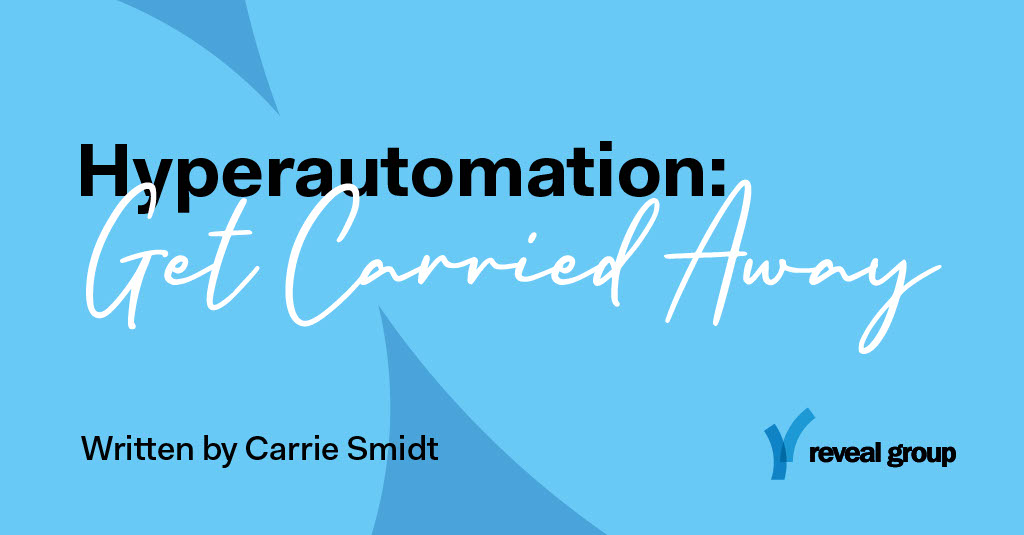
Cultivating your Automation Pipeline and Establishing Governance
Deciding What to Automate, and Doing it Right
As your IPA journey continues, at some point you will need to decide how to approach cultivating your automation pipeline and how your organization will manage your IPA program. There is more than one way to skin a cat and there is more than one way to cultivate a solid automation pipeline.
The Crowdsource Method
The first method is to have business units crowdsource ideas. If given clear guidelines, this can be useful and provide value. When crowdsourcing, you have to clearly articulate process qualifiers in order to identify good RPA candidates. Qualifiers you will want to define:
- Is the process clearly documented?
- Does the process have clear rules?
- Does the process meet a volume minimum?
- How long does it currently take the people to complete the process?
- Is human judgment required for processing?
If clear qualifiers are not defined, processes will be submitted that are not good candidates for RPA and it will be very time consuming to filter those out. It’s better to qualify submissions up front.
The Top Down Method
The second method is to have an executive team look for processes, similar to above, but it comes from the top down rather than the people doing the work. You still need clearly defined qualifiers for process selection. This method is slower, but will generate fewer unqualified processes.
The OD Method
The third approach is to have an operational diagnostic conducted. There are a myriad of tools on the market that will perform analysis on the processes being done, which will generate findings that will enable you to choose the best processes for automation. Although there is a greater cost associated with this method, this approach ensures the most accurate and greatest returns on automated processes
Defining The Rules
The next point to consider is how your robots and Intelligent Process Automation (IPA) practice will operate. You will want to define the rules of engagement for change management, your design authority, and all the of the controls that typically fall under IT. This includes security, data management, segregation of duties, audit logs, etc. Your organization most likely has mechanisms in place for most of the items that fall under governance, and typically your IPA program will align with existing policies and procedures. Establishing your IPA design authority is one area that will be new and leaning on someone with experience will be very beneficial. At this point you don’t know what you don’t know about best practices for IPA, so establishing design authority on your own is tricky.
For everything that falls under governance & pipeline, having an experienced IPA partner will decrease your learning curve, increase your success rate, and accelerate your time to production.
Have questions or need more information? Contact our team or email Carrie directly at carrie.smidt@wpengine.revealgroup.com.
